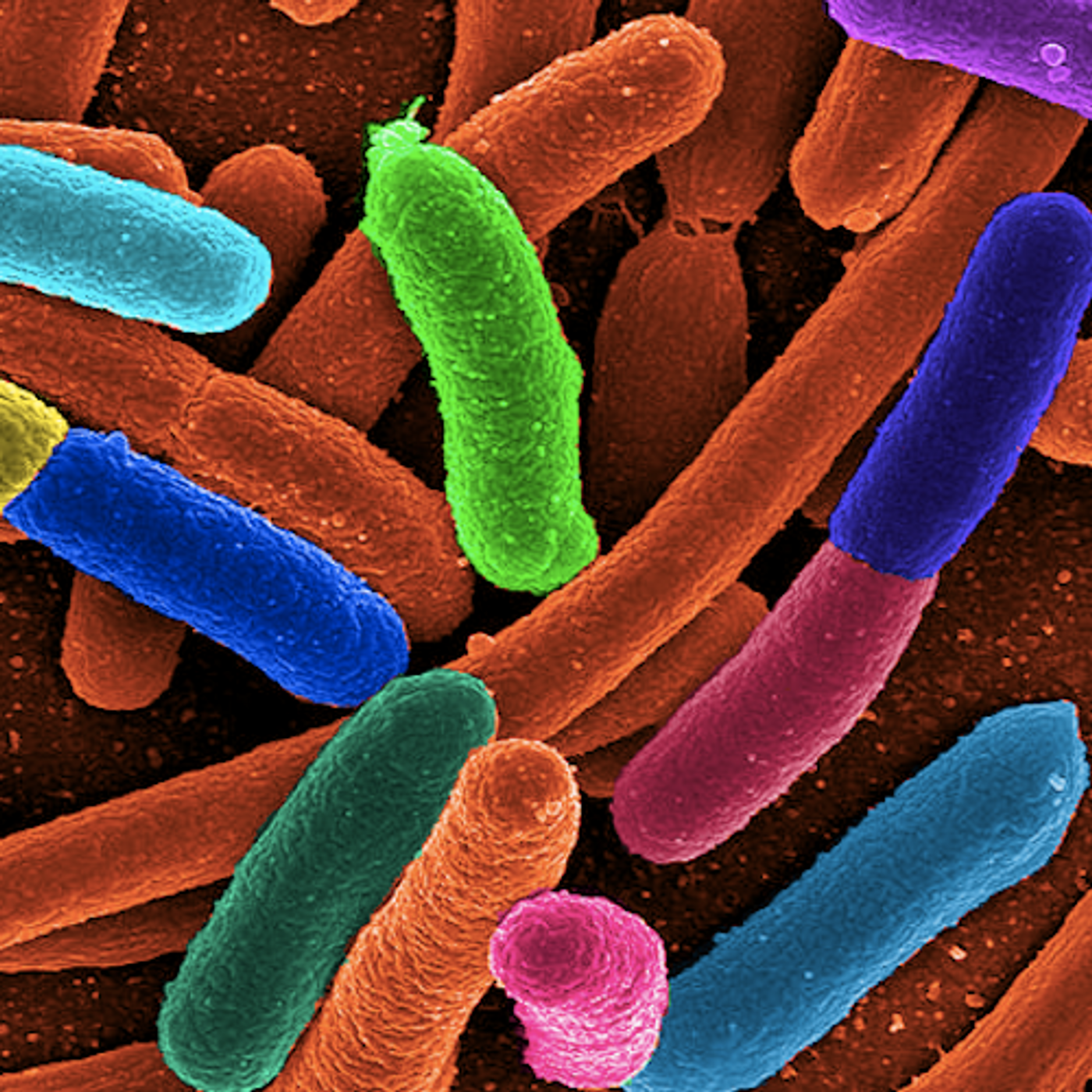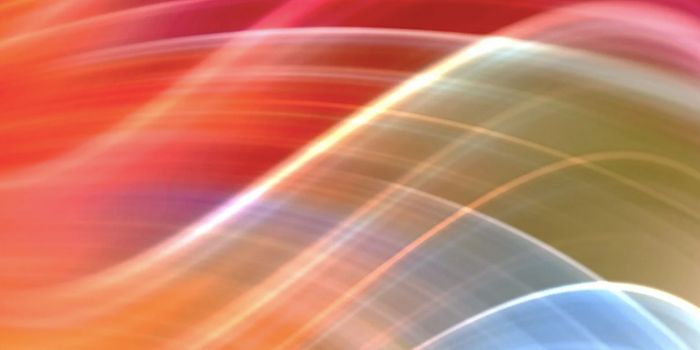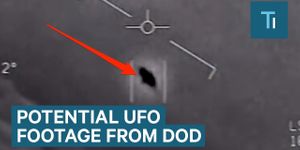Synthetic Enzymes Created That Function in Cells
Synthetic biology is a growing field of research that is aiming to create a new kind of organism. Engineering synthetic proteins that can perform simple cellular functions as they would in real life is a basic starting point. At the Princeton lab of Michal Hecht, investigators have now realized that goal. They made artificial proteins which are encoded by synthetic genes; they can fold and carry out chemical processes just like real proteins. They are around 100 amino acids in length and use about 20 amino acids arrayed in various ways. The scientists have confirmed that they can function as enzymes and catalyze a reaction.
Enzymes are critical aspects of biology. "Biology is the system of biochemical reactions and catalysts. Each step has an enzyme that catalyzes it because otherwise, those reactions wouldn't go fast enough for life to exist. ... An enzyme is a protein that is a catalyst. They're the best catalysts in the universe because evolution has spent billions of years selecting them. Enzymes can increase the speed of a reaction by many orders of magnitude,” explained Hecht.
After making artificial proteins to put in a bacterium, Escherichia coli, the team began looking for functions in the microbes to manipulate. Four genes were identified that would render the bacterium inert when removed. The artificial proteins were able to rescue the E. coli, and resuscitate it. The team has been working to reveal the mechanisms underlying the activity of the microbes, which have now been reported in Nature Chemical Biology.
Uncovering their mode of action was challenging. "We had four different gene deletions -- four different enzymatic functions," said lead author Ann Donnelly.
They found that the two of synthetic proteins were acting to replace enzymes, while the other proteins were keeping the secret of their mode of action close.
It took the work of Donnelly to solve the mystery. "This artificial protein, Syn-F4, was actually an enzyme," Donnelly said. "That was an incredible and unbelievable moment for me -- unbelievable to the point that I didn't want to say anything until I had repeated it several times."
She only told a couple of co-authors of her suspicions at first. "I said, 'I think this is an enzyme.' I showed them the initial data and said, 'Don't say anything to Michael. Let me do this again. I ran everything again from different preps -- and when the result held up, I told Michael," she said.
While the first two proteins were rescuing deletions by acting like enzymes, they were not enzymes themselves. The third seemed to be, however.
"We have a completely novel protein that's capable of sustaining life by actually being an enzyme -- and that's just crazy," Hecht said.
This work could have major implications for industry, said Justin Siegel, an assistant professor of chemistry, biochemistry and molecular medicine at the UC Davis Genome Center, who was not involved in the research.
"Biotechnology commonly uses enzymes to carry out industrial processes for the production of materials, food, fuel, and medicine," Siegel said. "The use of these enzymes in an industrial setting often starts with an enzyme that nature evolved for billions of years for an unrelated purpose, and then the protein is tweaked to refine its function for the modern application. The report here demonstrates that we are no longer limited to the proteins produced by nature and that we can develop proteins -- that would normally have taken billions of years to evolve -- in a matter of months."
The E. coli modified by the researchers lacked the Fes enzyme and therefore could not access iron it needs to live. “We all need iron," Hecht said. "Even though iron is abundant on earth, biologically accessible iron is not."
Without Fes, this altered bacterium couldn’t extract iron, until the synthetic protein came along. "Millions of years of evolution resulted in Fes, a perfectly good enzyme for hydrolyzing enterobactin," said Wayne Patrick, a senior lecturer in biochemistry at the University of Otago in New Zealand, who wasn't involved in this work. "It is easy enough to study the structure, function, and mechanism of Fes, and to infer something about its evolution by comparing it to related sequences. But it is much harder (and more interesting) to ask whether Fes is the solution to the biochemical problem of hydrolyzing enterobactin -- or whether it is one of many solutions. Donnelly et al. have shown that an enzyme which was never born (except artificially, in their lab) nevertheless could have been an equally good solution (had it been given the opportunity).
"That line of reasoning has several implications," noted Patrick. "One is for the life that remains to be discovered on Earth. Perhaps one day, we'll find a natural enzyme that looks like Syn-F4 but takes the place of Fes in some microorganism or other. At least now, we'll know to look. Another implication is for astrobiology. If there are many equally likely solutions to a biochemical problem, it becomes more likely that a solution has been found elsewhere in the universe."
Researchers are getting close to actual synthetic biology, Hecht said.
"E. coli has 4,000 different genes," he said. "We didn't test all 4,000, because the only way this experiment works is if nothing grows on minimal medium, and of the 4,000, that's only true for some.
"We're starting to code for an artificial genome. We've rescued 0.1 percent of the E. coli genome. ... For now, it's a weird E. coli with some artificial genes that allow it to grow. Suppose you replace ten percent or 20 percent. Then it's not just a weird E. coli with some artificial genes, then you have to say it's a novel organism."
Sources: AAAS/Eurekalert! Via Princeton University, Nature Chemical Biology









